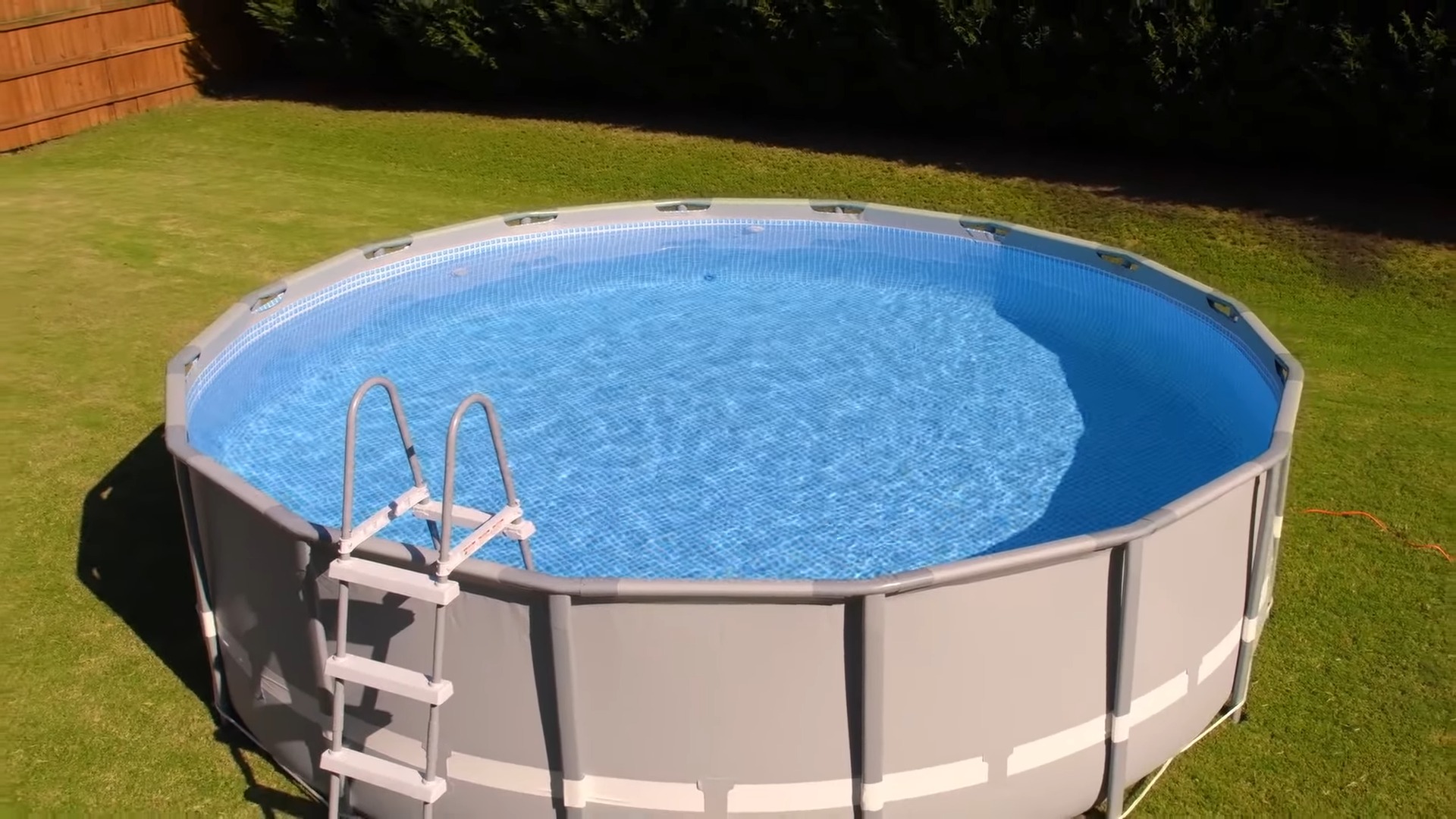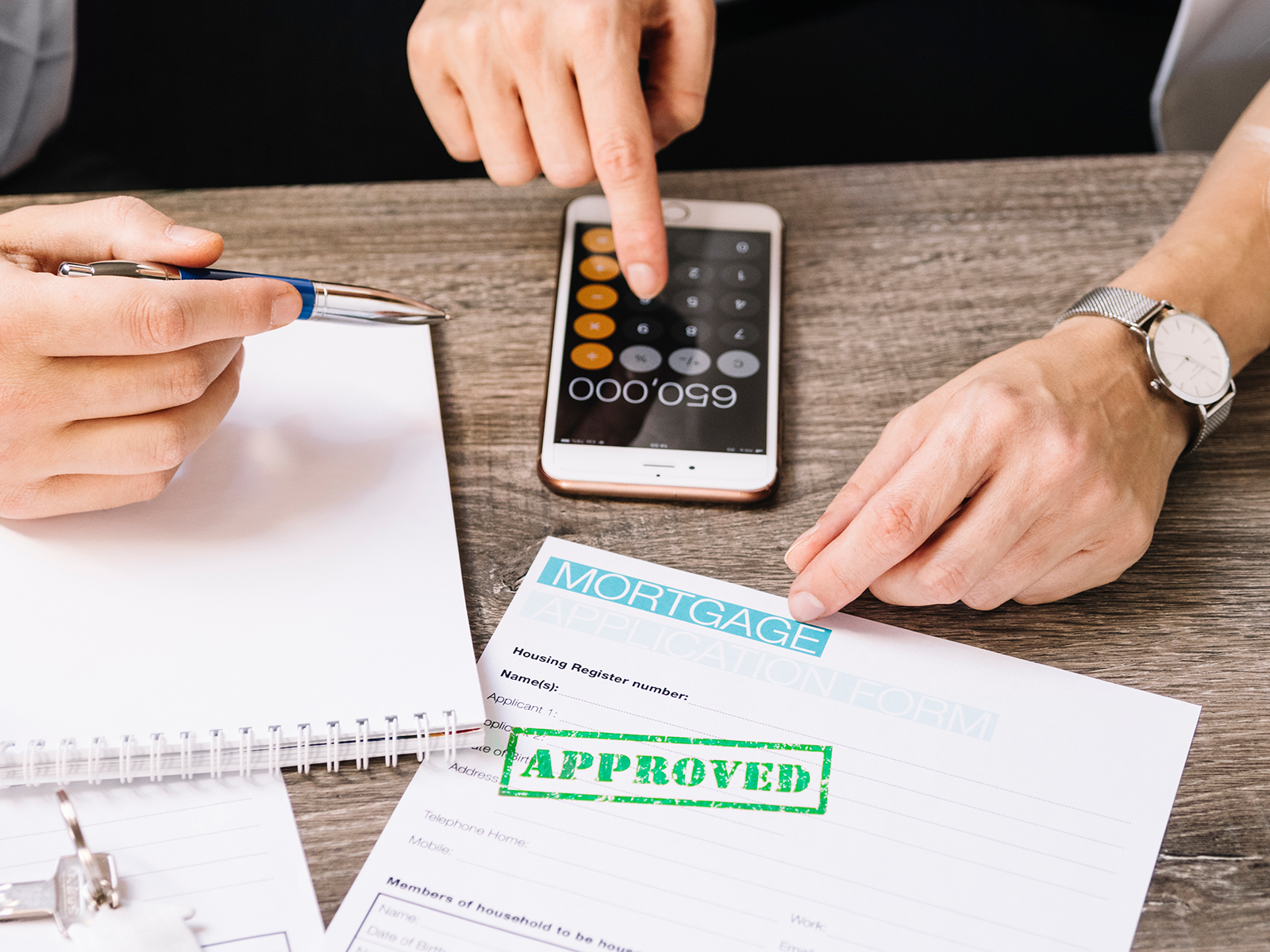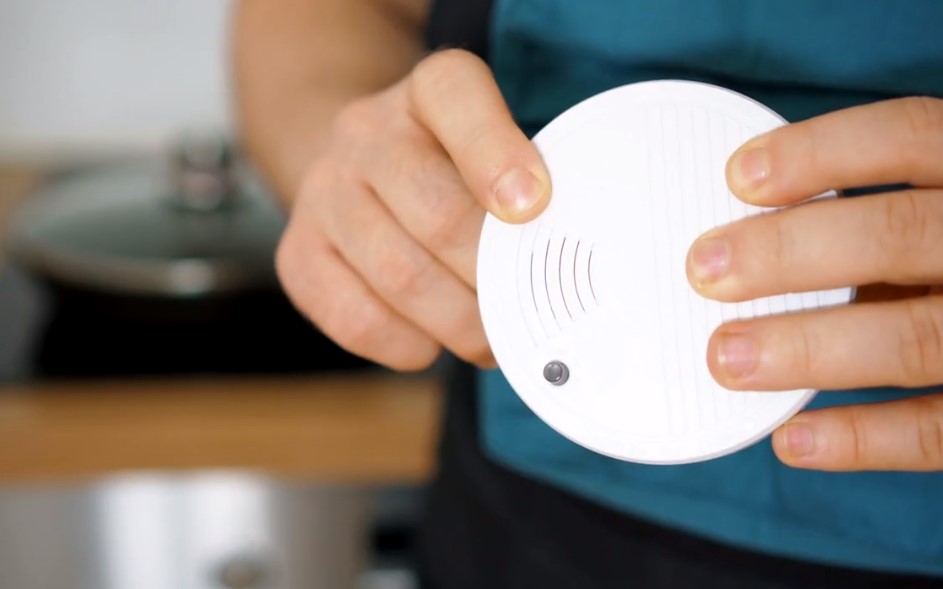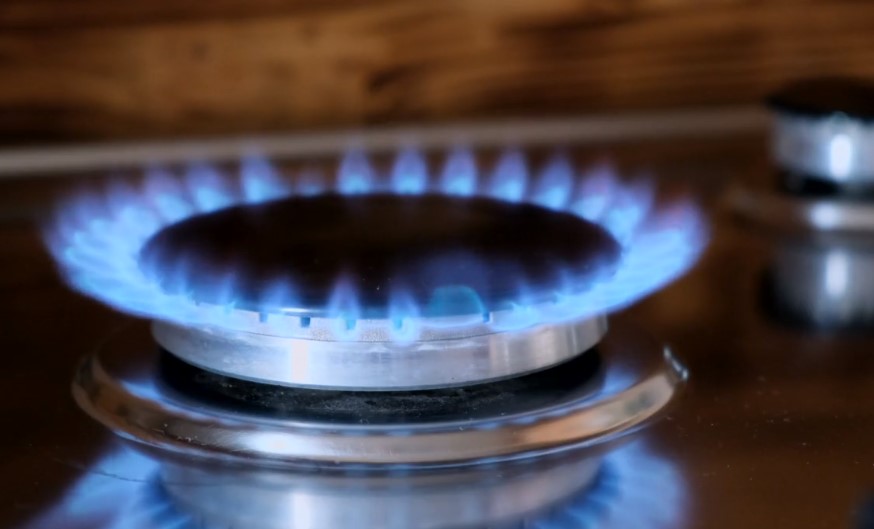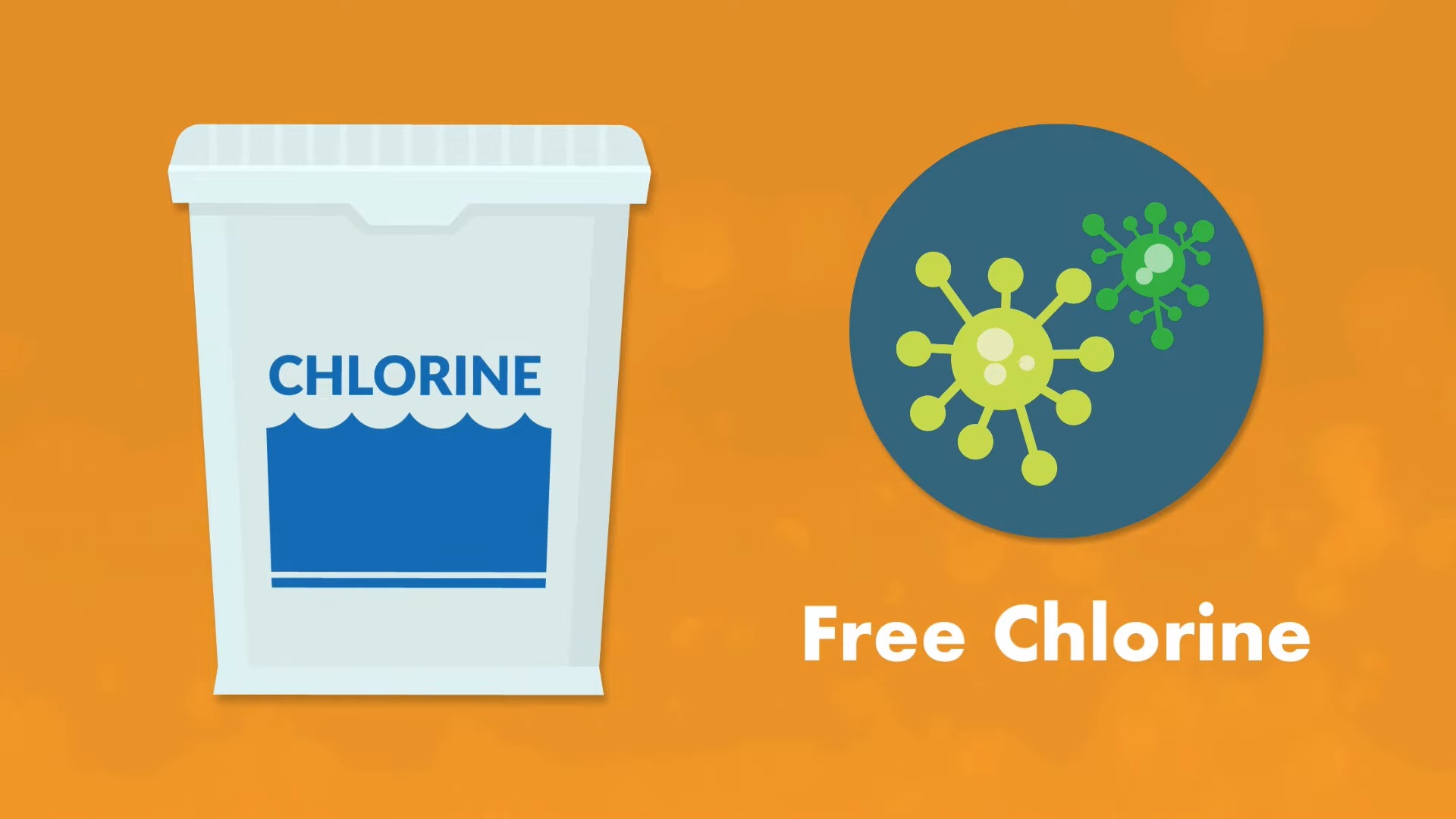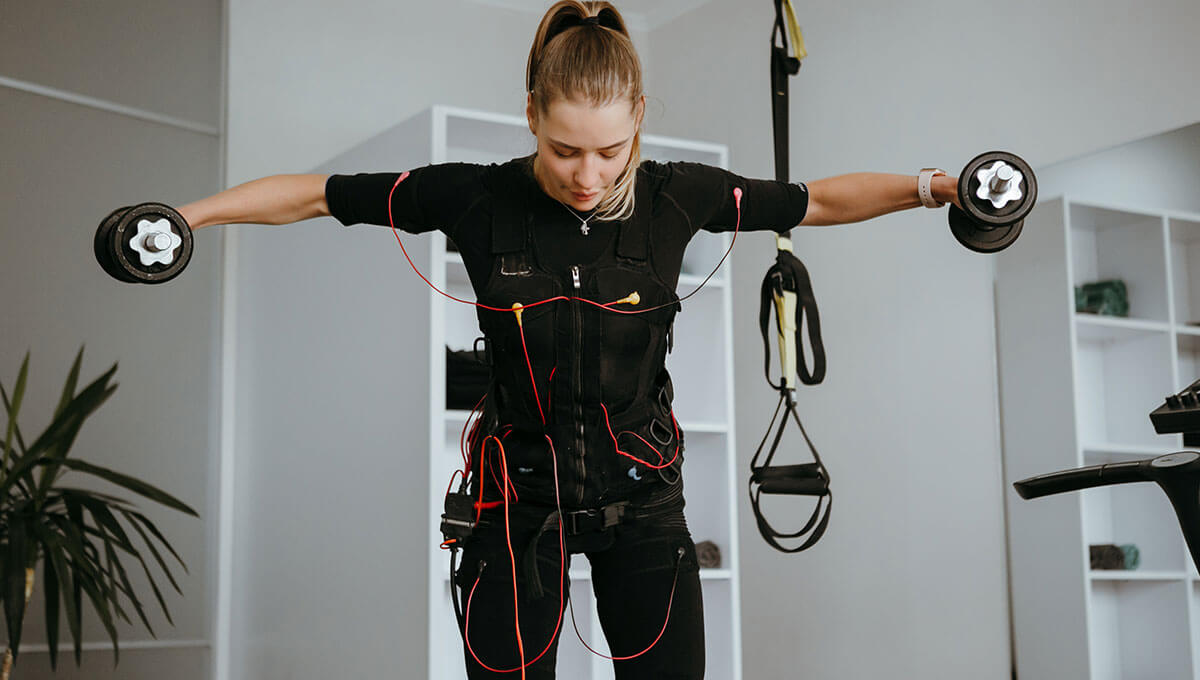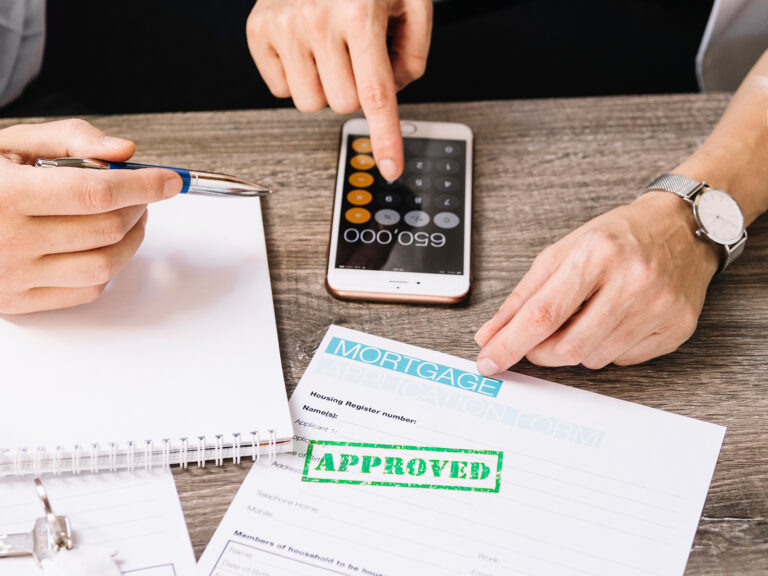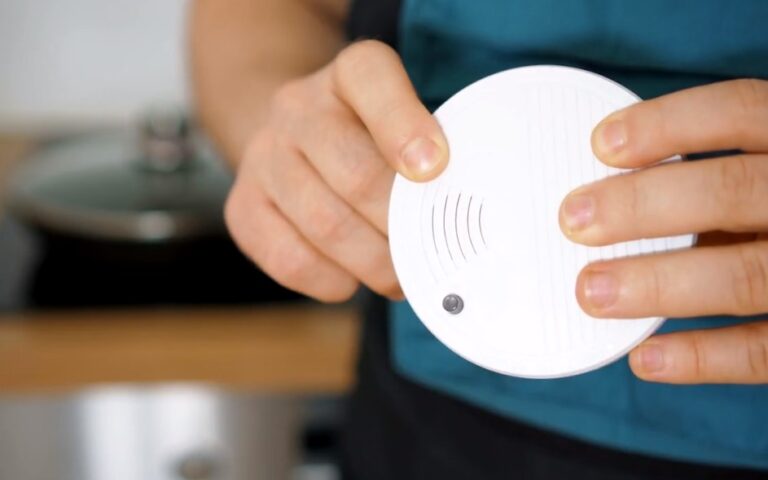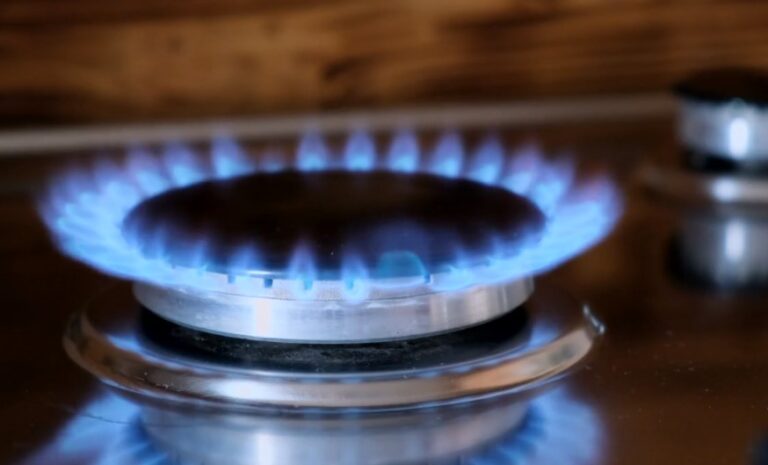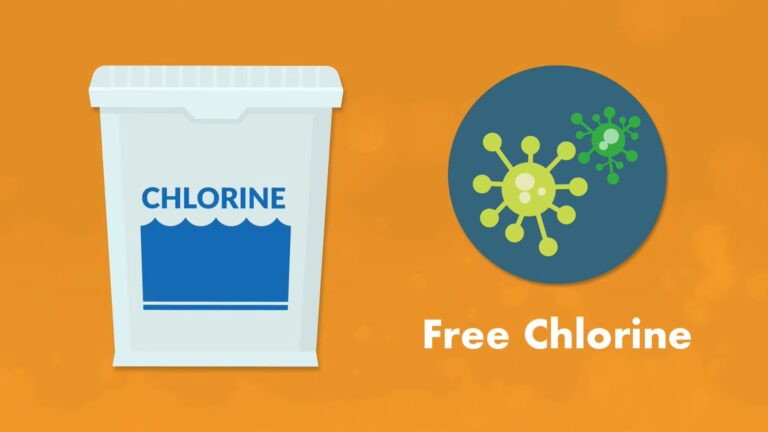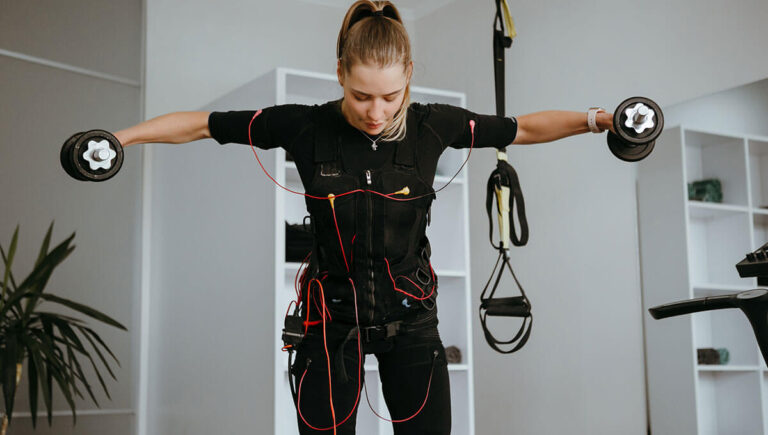Maintaining optimal pool water chemistry is essential for ensuring a safe and enjoyable swimming environment. Liquid chlorine plays a crucial role in this process, effectively eliminating harmful microorganisms such as bacteria and algae.
Its application varies from routine maintenance to shock treatments, depending on the pool’s current chlorine levels and the presence of algae. The challenge lies in calculating the precise amount of liquid chlorine needed, a task that requires knowledge of the pool’s volume, desired concentration, and existing water chemistry.
Balancing these factors ensures that the pool remains clean, clear, and ready for use, highlighting the importance of understanding and applying the correct dosage.
Key Takeaways
-
To maintain the proper chlorine levels, you should add 200ml per 10,000l every day.
-
Liquid chlorine is a cost-effective and easy-to-use alternative to chlorine tablets.
What is the Right Amount of Chlorine?
Determining the right amount for your pool is vital to maintaining a healthy swimming environment. As a powerful sanitizer, it keeps the water free from harmful microorganisms and prevents algae growth. However, the appropriate level depends on several factors, including pool size, water condition, and usage frequency.
Pool Size and Volume
The first step in calculating the right amount is to determine the pool’s volume. This is crucial because the amount needed is directly proportional to the amount of water in the pool. Larger pools require more of this chemical to achieve the same level of sanitation as smaller pools.
Water Condition
The condition of the pool water also plays a significant role in how much is needed. If the water is clear and free of visible algae, maintaining chlorine levels might require less product than if the water is cloudy or contains algae. In cases of visible algae growth or cloudy water, a shock treatment with a higher concentration is often necessary to restore clear and healthy water conditions.
Frequency of Use and External Factors
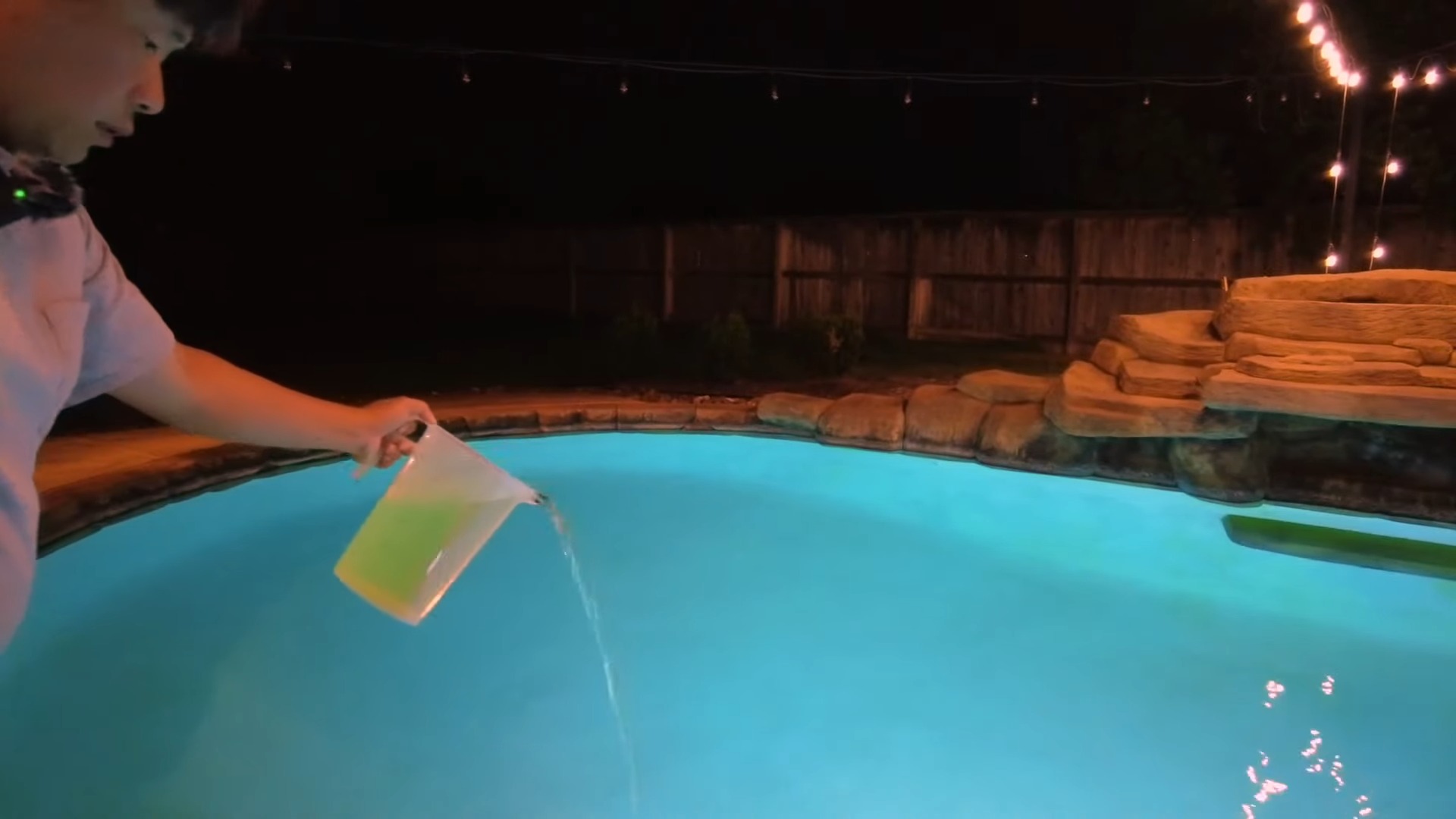
Pools that see frequent use or are exposed to higher levels of sunlight, debris, and foliage might require more frequent adjustments. Sunlight can degrade chlorine levels quickly, while debris and foliage introduce additional contaminants that chlorine must neutralize.
Additional Tip: If you want to improve the surrounding area of your pool, building a deck around it might be the best option.
Balancing pH Levels
The effectiveness is also influenced by the pool’s pH level. It works most efficiently in water with a pH between 7.2 and 7.8. Outside this range, its ability to sanitize diminishes, requiring more of it to achieve the same level of cleanliness.
Calculating the Right Amount
To calculate the right amount, you’ll need to know the pool’s volume, the desired chlorine level (typically 2-5 ppm for regular maintenance), and the current level, if any. The formula for calculating the amount needed can vary based on these factors, making it essential to test the water regularly and adjust as needed.
Here Are Some Examples
| Pool Volume (gallons) | Condition | Desired Chlorine Level (ppm) | Amount of Liquid Chlorine Needed |
|---|---|---|---|
| 10,000 | Clear Water | 3 | 1 quart |
| 10,000 | Algae Present | 5 | 2 quarts |
| 20,000 | Clear Water | 3 | 2 quarts |
| 20,000 | Algae Present | 5 | 4 quarts |
| 30,000 | Clear Water | 3 | 3 quarts |
| 30,000 | Algae Present | 5 | 6 quarts |
Why is Chlorine Important?
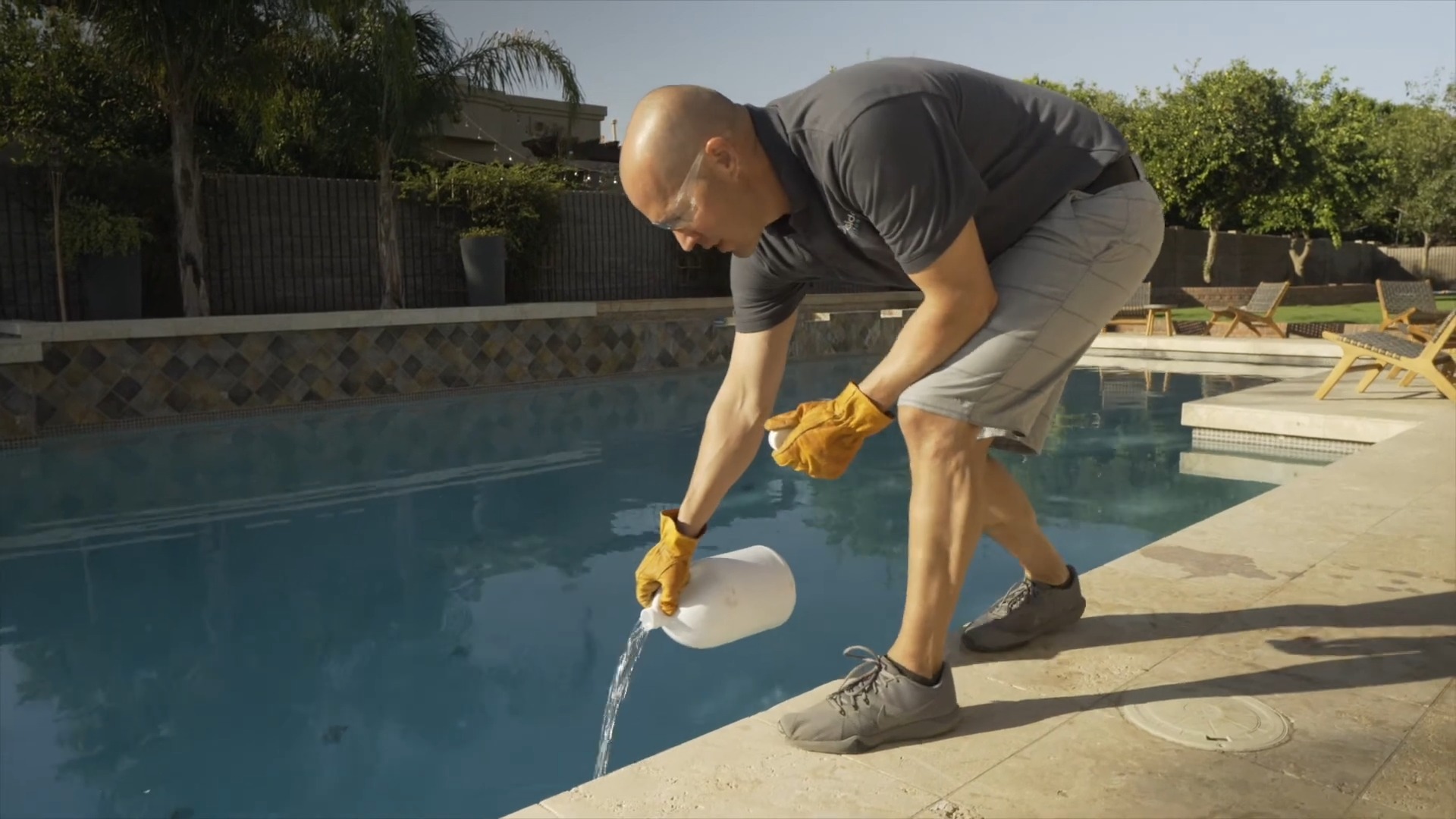
The primary sanitizer in pools serves as a critical barrier against harmful microorganisms. By effectively neutralizing bacteria, viruses, and algae, it ensures that the water remains safe for swimming. Without adequate levels of this sanitizer, pools can quickly become hazardous, fostering the growth of pathogens that may lead to a range of health issues, from skin irritations to more severe infections.
Prevents Disease Spread
One of the sanitizer’s key roles is to halt the spread of diseases. Pools without proper sanitization measures can become hotspots for the transmission of illnesses such as gastroenteritis, ear infections, and even respiratory conditions. The sanitizer works by disrupting the life cycle of pathogens, rendering them harmless and preventing outbreaks that can affect swimmers of all ages.
Enhances Pool Clarity and Aesthetics
Beyond health implications, the appearance and clarity of pool water are significantly influenced by its chemical balance. The sanitizer plays a vital role in breaking down organic compounds, including body oils, sweat, and cosmetics, that can cloud water and deposit on pool surfaces. Clear water is not only more inviting but also allows for safer swimming conditions, as it improves visibility both for swimmers and lifeguards.
Reduces Maintenance Costs
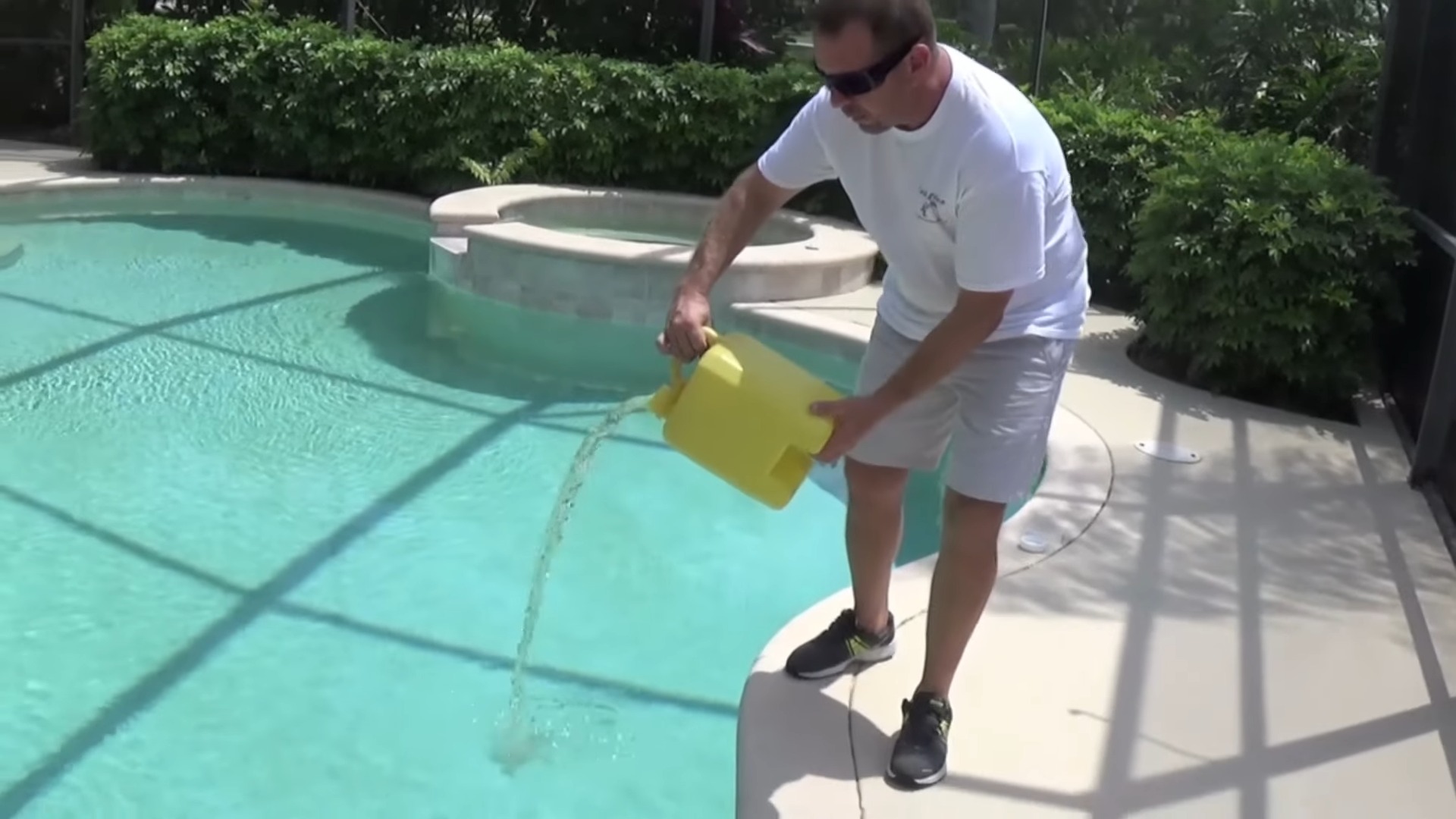
Effective use of sanitizing agents can lead to lower maintenance costs over time. By preventing algae growth and minimizing the build-up of organic matter, pools require less frequent deep cleans, saving on both chemicals and labor. Additionally, balanced water chemistry prolongs the lifespan of pool components by preventing corrosion and scaling, safeguarding the investment in pool infrastructure.
Supports Water Balance
Proper chemical balance is crucial for pool water, and the sanitizer contributes to this equilibrium. It works in tandem with pH adjusters and other chemicals to create an environment that is not only hostile to pathogens but also conducive to swimmer comfort. An appropriate level of sanitizer helps ensure that other chemical treatments are effective, facilitating overall water balance and preventing damage to pool surfaces and equipment.
Are There Potential Side-Effects?
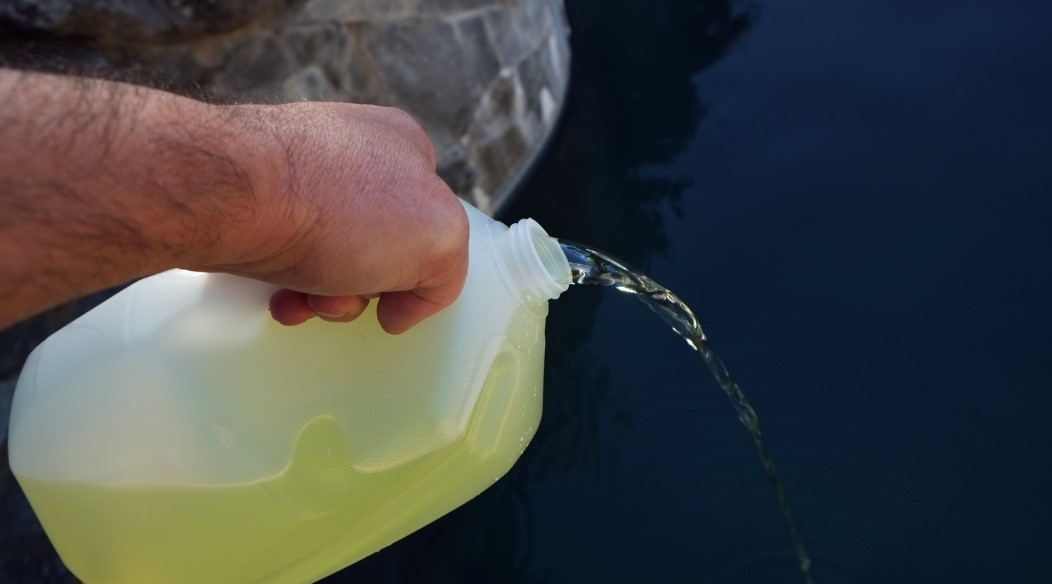
High levels can cause skin irritation, including dryness and itchiness, as the sanitizer strips away natural oils that protect the skin. Eye irritation is also common, resulting in redness and discomfort, particularly in swimmers who spend extended periods in the water. For individuals with respiratory issues, such as asthma, overexposure can exacerbate symptoms due to the release of byproducts into the air, particularly in enclosed swimming areas.
Regular Use Concerns
Even when used within recommended levels, some swimmers may experience sensitivities to pool chemicals. Symptoms can include minor skin and eye irritation. Continuous exposure over long periods, especially for pool staff or frequent swimmers, can lead to the development of sensitivities or exacerbation of pre-existing conditions.
Additionally, the chemical balance of pool water can be delicate. Fluctuations in sanitizer levels can affect pH and other chemical levels, potentially leading to discomfort and equipment damage.
Impact on Pool Infrastructure
Overuse doesn’t just affect swimmers; it can also have a detrimental effect on the pool’s infrastructure. High concentrations can lead to the corrosion of pool components, including ladders, handrails, and even the pool shell itself if it’s made of materials susceptible to chemical wear. Furthermore, excessive amounts can cause scaling and staining on pool surfaces, leading to aesthetic and functional issues that require costly repairs.
How to Deal with Side-Effects?
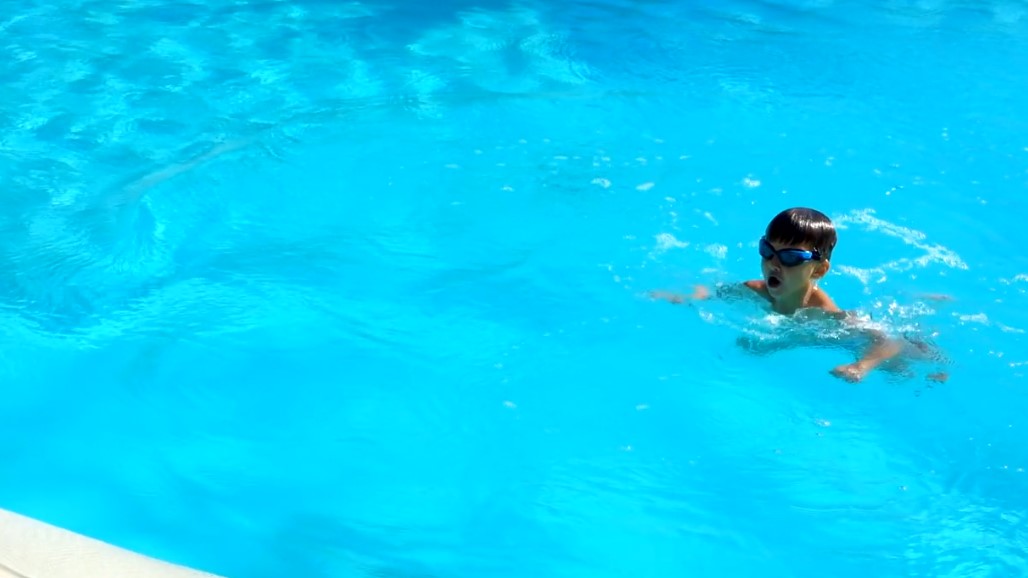
- Rinse Off: Encourage swimmers to shower both before and after pool use to remove excess chemicals from their skin and hair.
- Use Moisturizers: Applying a good quality moisturizer after swimming can help replenish the skin’s natural oils.
- Wear Goggles: To protect against eye irritation, wearing goggles during swimming is advisable.
- Limit Exposure: Individuals with sensitive skin or respiratory conditions should limit their time in the pool and consider swimming during times when chemical levels are lowest, such as after a maintenance period.
For Pool Maintenance
- Regular Testing: Frequent testing of pool water is essential to maintain the correct chemical balance, ensuring that sanitizer levels are effective without being excessive.
- Use Alternatives: For those particularly sensitive to traditional sanitizers, exploring alternative sanitizing methods, such as UV light or saltwater chlorination systems, might offer a solution with fewer side-effects.
Additional Tips
- Optimal Timing: Adding chlorine to your pool at the right time can significantly enhance its effectiveness and minimize issues. Evening or late afternoon is ideal, as UV rays from sunlight can degrade chlorine levels. This ensures the sanitizer works efficiently throughout the night, maintaining a clean pool.
- Gradual Mixing: When introducing chlorine, especially if in liquid form, pour it slowly around the perimeter of the pool while the circulation system is running. This method ensures even distribution and prevents concentrated areas that could harm swimmers or the pool surface.
- Regular Water Testing: Frequent testing of pool water is crucial. It helps maintain the proper chemical balance, ensuring the effectiveness of the chlorine without reaching levels that could cause irritation or damage. Aim to test the water at least once a week, adjusting the chlorine levels based on the results.
- Correct Storage: Store chlorine in a cool, dry place away from direct sunlight and incompatible chemicals to prevent degradation and dangerous reactions. Proper storage extends the effectiveness of chlorine and ensures safety.
FAQs
Is liquid chlorine better than tablets?
Liquid chlorine and tablets are both effective sanitizers for pools, but they have different advantages and disadvantages. Liquid chlorine is faster acting, does not add stabilizer or calcium to the water, and allows more precise control over the chlorine level.
Tablets are more convenient, stable, and long-lasting, but they can increase the stabilizer and calcium levels over time, which can cause problems for the water balance.
How much liquid chlorine per liter of water?
The amount of liquid chlorine per liter of water depends on the current and desired chlorine level, the size of the pool, and the strength of the liquid chlorine product. A general rule of thumb is that 10 milliliters of 12.5% liquid chlorine will raise the chlorine level by 1 ppm in 100 liters of water. You can use a pool chlorine calculator to find the exact dose for your pool.
How long after putting chlorine in pool can you swim?
The recommended waiting time to swim after putting chlorine in the pool varies depending on the type and amount of chlorine added. For liquid chlorine, you should wait at least 4 hours or until the chlorine level drops to 5 ppm or lower.
For chlorine tablets, you can swim right away, as long as the chlorine level is not too high. For chlorine shock, you should wait at least 8 hours or up to 24 hours, depending on the strength of the shock.
Does liquid chlorine raise pH?
Liquid chlorine does raise the pH of the water when it is first added, because it is a high-pH substance. However, as the chlorine is consumed over time, it produces hydrochloric acid, which lowers the pH back to where it started. The net effect of liquid chlorine on the pH is minimal, unless the liquid chlorine contains excess lye, which can cause a slight pH increase.
Summary
Effective pool management is straightforward: monitor chlorine levels diligently, apply it wisely, and respect storage guidelines. This approach guarantees a refreshing and safe swimming experience for everyone. If you don’t have experience, calling a professional is always the best solution.
Related Posts:
- How Much Does a Locksmith Cost to Make a Car Key ─…
- How to Build a Deck Around a Pool: Pro Tips for…
- WHAT DOES CHLORINE GAS SMELL LIKE? 7 TELLING SIGNS…
- The Truth About How Much OnlyFans Male Models Are Earning
- How Much Does It Cost to Get a UK Sponsorship…
- How Much Energy Is Lost Through Windows? Tips for…

